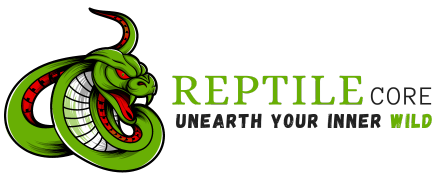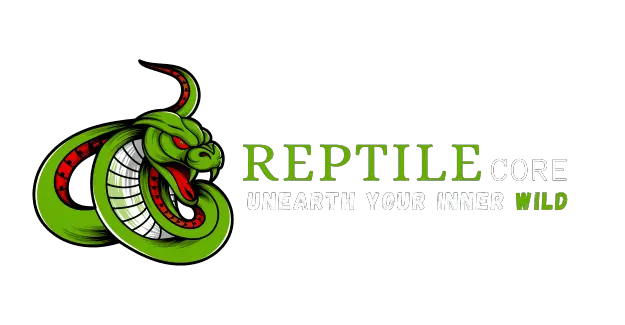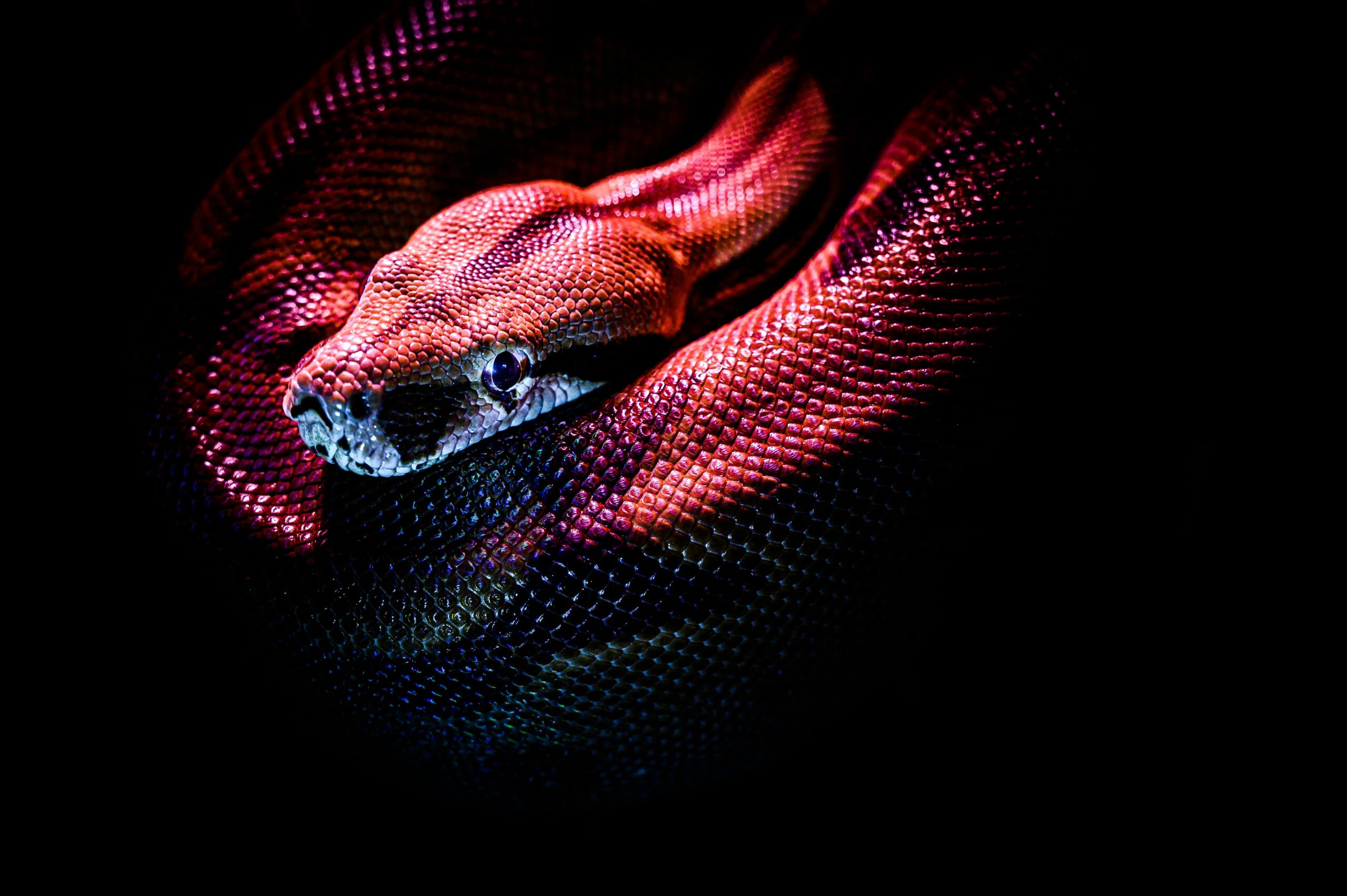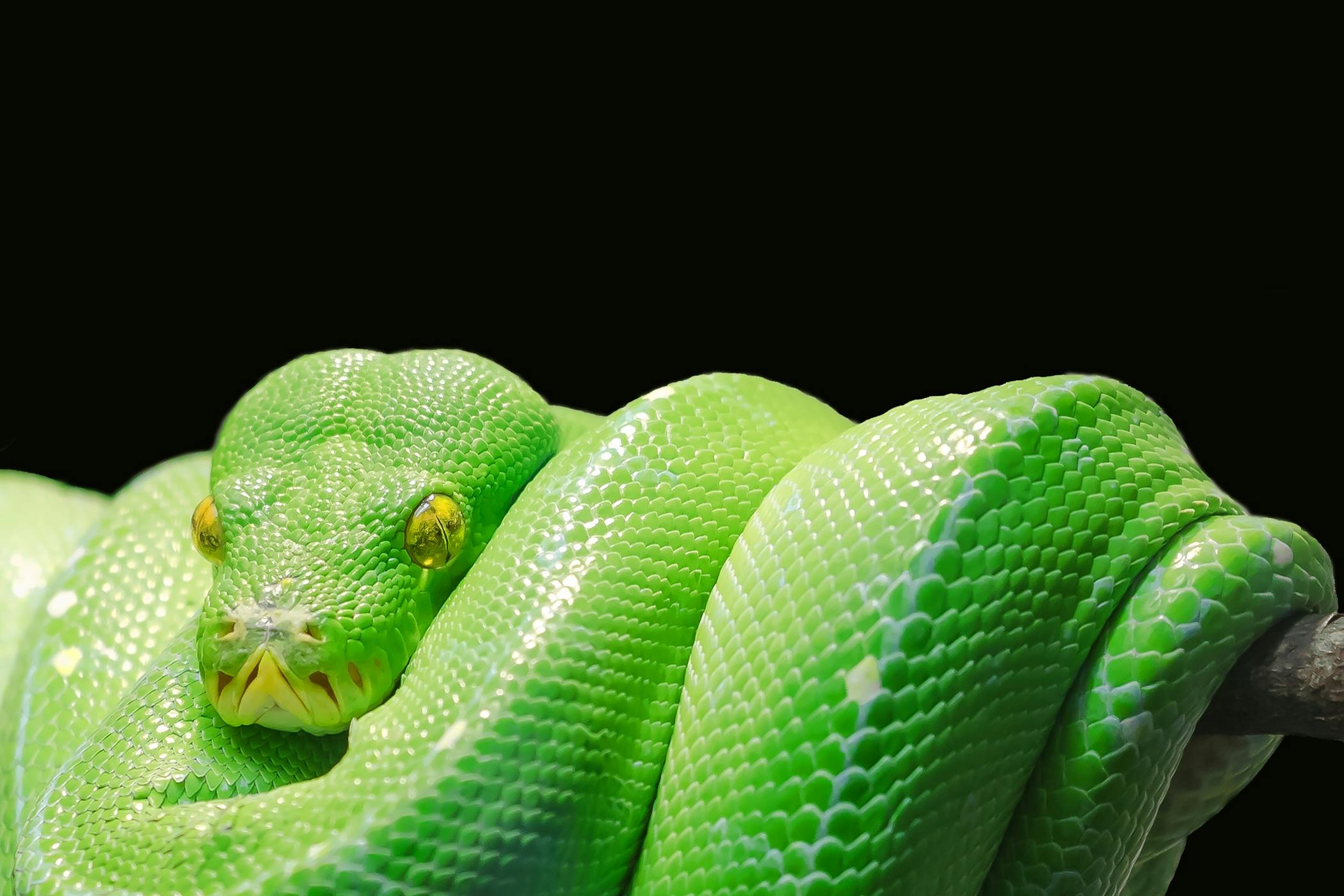Mourning Gecko Care Guide
Published: February 6th, 2024
Mourning geckos (Lepidodactylus lugubris) are petite lizards measuring about 4 inches in length. They come in various shades, ranging from light tan to dark brown, featuring a cream or yellowcolored belly with a distinctive dark chevron or zigzag pattern along their back.
These geckos have pointed snouts, wide toes for climbing, and, like all geckos, lack eyelids.

Natural Habitat:
Mourning geckos are widely distributed globally, primarily found in the South Pacific islands, Central and South America, and Hawaii. They thrive in tropical rainforest habitats, often inhabiting foliagerich environments.
Lifespan:
Mourning geckos typically have an average lifespan of around 10 years, with the potential for a longer life when provided with proper care.
Behavior and Handling:
Due to their small size and skittish nature, mourning geckos are not suitable for handling. However, they are relatively easy to care for and make delightful display animals.
Reproduction:
One fascinating aspect of mourning geckos is that all individuals are female, and they reproduce through parthenogenesis. This means they can lay fertile eggs without the need for males, and the hatched offspring are essentially genetic clones of the mother.
Shopping List:
1.Terrarium:
- Frontopening 12” x 12” x 18” glass terrarium
2. Lighting:
- Heat bulb, 25w
- 5.5” dome lamp with ceramic socket
- Plugin lamp dimmer
- Compact coil forest UVB bulb, 26w
- 12” terrarium hood with incandescent socket
- Plugin light timer
3. Monitoring and Measurement:
- Infrared thermometer
- Pressure sprayer
- Digital thermometer/hygrometer
4. Substrate and Decor:
- 24” naturalistic substrate
- Live or artificial plants
- Vines
- Branches/Twigs
5. Feeding Accessories:
- Magnetic feeding ledge
- Small gecko feeding cups
- Crested gecko diet powder
- Calcium supplement w/o D3
Habitat Setup:
1.Terrarium:
- Use a frontopening 12” x 12” x 18” glass terrarium, providing ample space for climbing and exploring.
2. Lighting and Heating:
- Use a 25w heat bulb and a 5.5” dome lamp for gentle heating.
- Incorporate a compact coil forest UVB bulb (26w) for essential UVB exposure.
- Utilize a 12” terrarium hood with an incandescent socket for proper lighting.
- Implement a plugin lamp dimmer and timer for controlling light and heat cycles.
3. Monitoring and Measurement:
- Equip an infrared thermometer for precise temperature readings.
- A pressure sprayer helps maintain humidity.
- Use a digital thermometer/hygrometer for monitoring temperature and humidity levels.
4. Substrate and Decor:
- Provide a naturalistic substrate at a depth of 24 inches.
- Integrate live or artificial plants, vines, branches, and twigs to mimic their natural environment.
5. Feeding Accessories:
- Install a magnetic feeding ledge for convenient feeding.
- Utilize small gecko feeding cups for offering food.
- Feed mourning geckos a diet of crested gecko diet powder and supplement with calcium without D3.
Download the Caresheet |
Care Tips:
- Maintain appropriate temperature and humidity levels.
- Regularly clean and sanitize the terrarium.
- Provide a varied and balanced diet.
- Observe for any signs of stress or illness.
- Handle with care during necessary maintenance, avoiding unnecessary stress.
By meeting these requirements and providing a welldesigned habitat, mourning geckos can thrive and become captivating additions to your reptile collection.
Housing and Environmental Conditions:
Enclosure:
Mourning geckos, despite their small size, require a spacious enclosure to encourage natural behaviors. Being arboreal, they prefer taller terrariums rather than wider ones. It is essential to house them in groups of at least 2, as they are naturally social.
The recommended minimum enclosure size is 12”L x 12”W x 18”H, suitable for up to 4 geckos. Larger enclosures are preferable, with an increase of approximately 5 gallons per additional 2 geckos.
Lighting & UVB:
Mourning geckos are crepuscular, active around sunset and sunrise. While they can survive without UVB lighting, providing it is beneficial, especially for vitamin D production crucial for egg production. For a 12” x 12” x 18” enclosure, a recommended setup includes a 26w Zoo Med Reptisun 5.0 compact coil bulb in a reflective hood.
Achieving the right UVB strength requires careful consideration of distance. Using a Solarmeter 6.5 is advised to achieve a UVI of 1.02.0 in the basking area.
Heating:
Mourning geckos are coldblooded, necessitating access to different temperature zones for thermoregulation. Simulate sunlight with a halogen or incandescent heat lamp.
- Basking area temperature: 8085°F (2629°C)
- Cool zone temperature: 7075°F (2124°C)
- Nighttime temperature: 6572°F (1822°C)
Consistent temperatures above 85°F (29°C) or at or below 72°F (22°C) can be detrimental. Adjustments can be made using a plugin lamp dimmer or by switching to a higher or lower wattage bulb based on the observed temperatures.
The basking area should be furnished with vines, branches, or foliage directly under the heat lamp. As mourning geckos inhabit tall enclosures, ensure temperature variations at different levels. Use an infrared thermometer for general temperature assessment and a digital probe thermometer for passive tracking of basking temperatures.
Creating a suitable habitat with proper heating and lighting is crucial for the wellbeing and natural behaviors of mourning geckos. Regular monitoring and adjustments will help maintain an optimal environment for these fascinating creatures.
Humidity:
Mourning Gecko Environment:
Mourning geckos thrive in a highhumidity environment, ideally maintained between 6080%. Regular monitoring using a digital probe hygrometer with the probe positioned in the middle of the enclosure is crucial.
While humidity variations are natural between warm and cool areas, nighttime humidity levels typically rise, and daytime levels fall.
Humidity Management:
To raise humidity and provide an additional water source, mist the enclosure every morning and evening using a pumpstyle pressure sprayer. It is advisable to use tap or spring water for misting, as distilled or reverseosmosis water may lack essential minerals necessary for the geckos’ health.
Substrate:
Although mourning geckos are arboreal and spend minimal time on the ground, substrate helps stabilize humidity and provides cushioning. Suitable substrates include:
- DIY tropical mix: 60% organic topsoil, 40% coconut fiber
- Lugarti Natural Reptile Bedding
- Zoo Med Reptisoil
- The Bio Dude Terra Fauna
Adding a layer of leaf litter enhances substrate effectiveness. Daily removal of feces and urates is necessary, with a complete substrate replacement every 13 months based on requirements.
Décor:
Environmental Enrichment:
Decorations are crucial for environmental enrichment, promoting exercise, stimulating natural instincts, and enhancing overall wellbeing. Items such as branches, vines, live or artificial foliage, spanish moss, cork hollows, and arboreal hideouts contribute to a visually appealing and engaging enclosure.
Arranging these elements encourages climbing and exploration while providing safe resting places.
Food and Nutrition:
Mourning Gecko Diet
As omnivores, mourning geckos require a balanced diet of plant and animalbased foods. In the wild, their diet consists mainly of fruit and insects. In captivity, provide speciallyformulated crested gecko diet (CGD) alongside live insects. Crested gecko diet is a nutritionallycomplete powder that forms a smoothie when mixed with water.
Feeding Recommendations
Mourning geckos thrive on a diet of CGD (replaced every 2448 hours) and calciumdusted insects 12 times a week. Adding variety to their diet with insects like crickets, dubia roaches, red runner roaches, darkling beetles, snails, and grasshoppers is essential.
Supplements:
Calcium Supplementation:
While crested gecko diet is fortified, feeder insects need calcium supplementation. Dust feeder insects with a light coating of calcium powder. Solid calcium supplements such as Arcadia CalciumPro Mg, MinerAll Outdoor, and Repashy SuperCal NoD are recommended. Follow the label instructions for optimal results.
Ensuring a wellbalanced diet and suitable environmental conditions contributes to the overall health and vitality of mourning geckos.
Download the caresheet for Mourning Gecko |
Recent Posts
- All Post
- care sheets
- guide
- Lizards
- snakes
- Uncategorized
- Back
- Mourning Gecko
- Sandfish skink
- Tegu
- Ackie Monitor lifespan
- Bearded dragon
- Blue Tongue Skink
- Crested Gecko
- Gargoyle Gecko
- Jackson's Chameleon
- Leopard Gecko
- Back
- Ball Python
- Black Rat Snake
- Corn Snake
- Gila Monster
- kenyan sand boa
- Milk Snake
- Back
- lizardscs
- snakescs
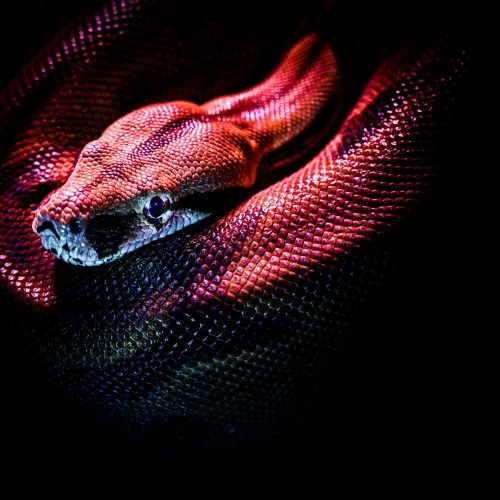
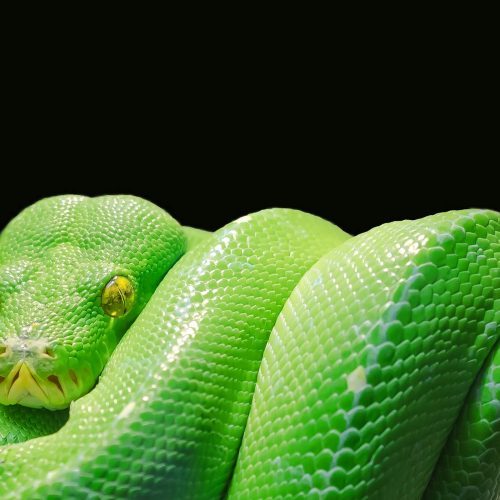
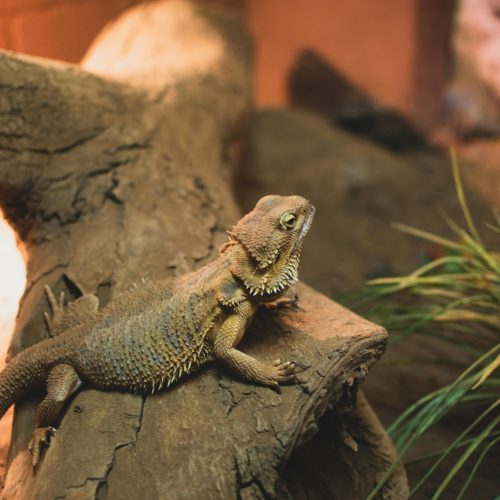
Address
215 Woodland Ave. Manchester, NH 03102
